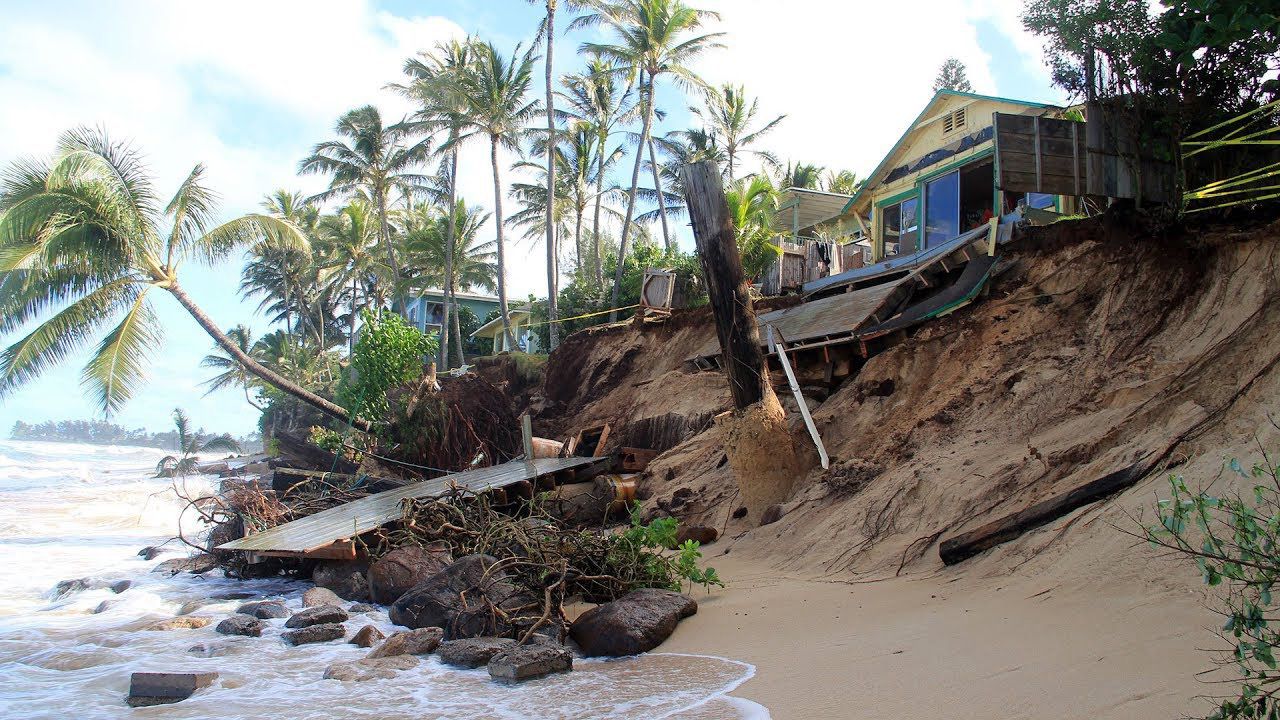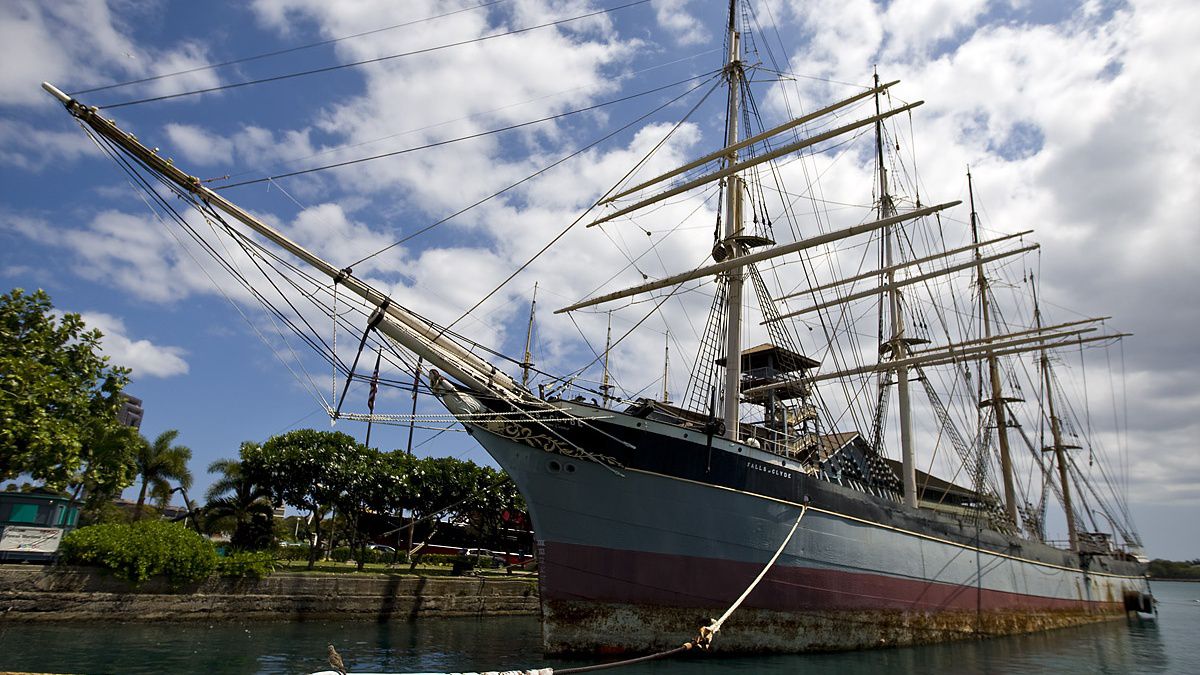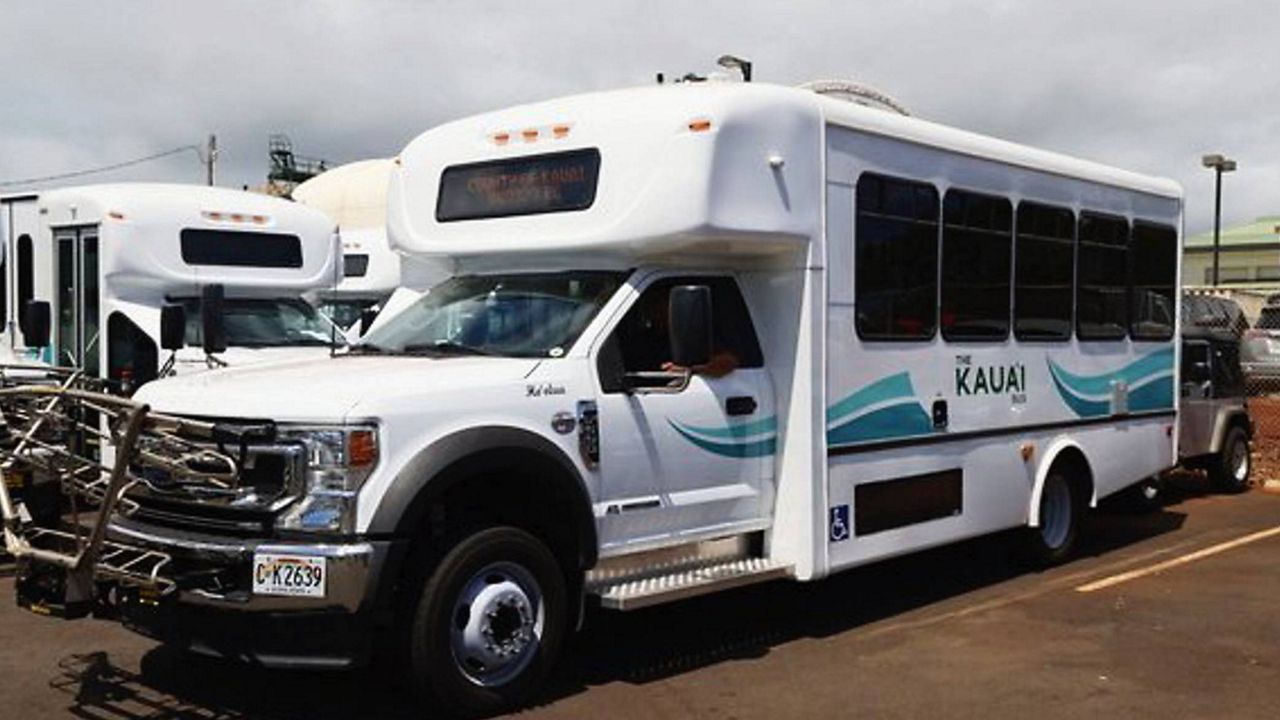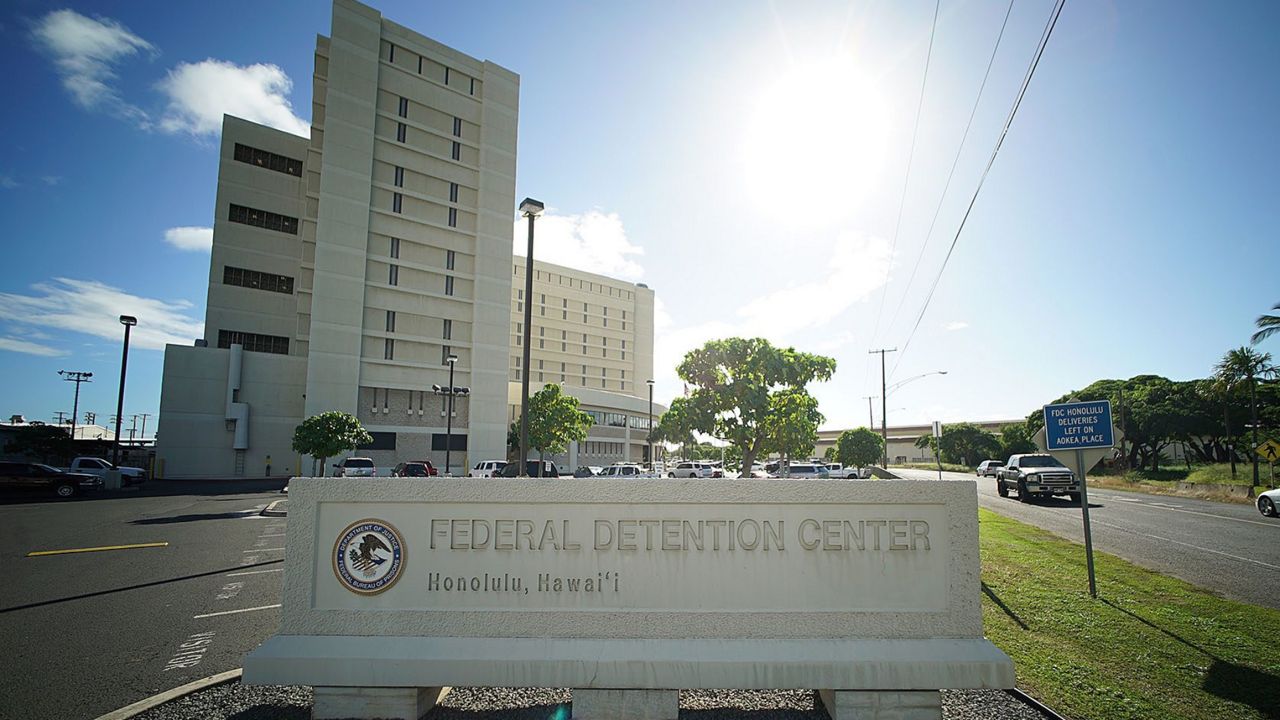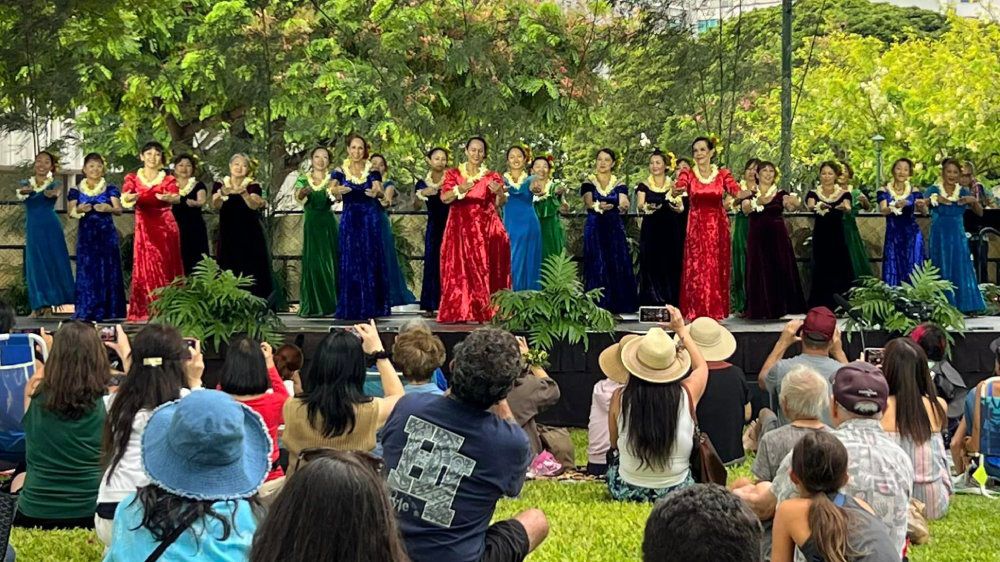An update to the groundbreaking 2017 Hawaii Sea Level Rise Vulnerability and Adaptation Report finds a need for greater cross-jurisdictional coordination, funding and capacity to address sea level rise.
“The impacts of sea level rise do not stop at our shorelines. It is important that we take a holistic approach and continue coordinated planning for the future now,” said Amy Wirts, Hawaii Sea Grant Extension agent at the state Department of Land and Natural Resources’ Office of Conservation and Coastal Lands.
The updated Hawaii State Climate Commission report, released Saturday by DLNR, addresses the threats climate change poses to Hawaii’s public health, natural resources, economy and environment and assesses the state’s progress over the last five years in preparing for the impact of sea level rise. It also includes local and global updates on sea level rise, including trends, observations and predictions, accomplishments and progress, coastal impacts, and guidance documents.
Dr. Charles Fletcher, director of the Climate Resilience Collaborative at the University of Hawaii at Manoa and Interim Dean of the School of Ocean and Earth Science and Technology, emphasized the need for urgent, intensive and sustained action.
“Sea levels will rise for centuries to millennia due to continuing deep-ocean warming and ice-sheet melt and will remain elevated for thousands of years,” Fletcher said. “In Hawaii, we are experiencing the impacts of sea level rise with growing frequency. These include flooding, coastal erosion, extreme tides, drainage failure, wave overtopping, and more. Unless we accelerate adaptation efforts, these hazards may grow beyond our capacity to manage them.”
The report highlights recent enhancements to laws, community engagement, policies and regulations, including to the Coastal Zone Management Act, real estate disclosure requirements, environmental assessments, and in community planning addressing increasing threats to development while keeping cultural and natural resources safe. It also highlights the need for continued focus on developing a range of adaptation tools that are accessible in an equitable way.
“Equity is the core mission of the commission,” said DLNR chair Suanne Case. “It is going to take investment and collaboration from all of us to make sure this happens. That is why we are so grateful for the hard work of the University of Hawaii Sea Grant College Program, and the Climate Resilience Collaborative for helping the commission put this update together.”





